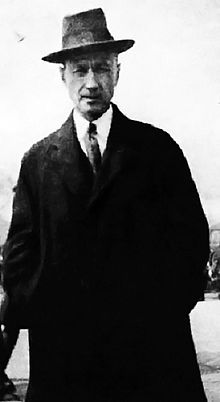"What is still not used today is not on that account ugly; for it may be used tomorrow, and then it will be beautiful. In my Sextet, Verklärte Nacht ... I wrote the inversion of a ninth chord, the one in Example 267a at ✻, without then knowing theoretically what I was doing – I was merely following my ear...
"Only now do I understand the objection, at that time beyond my comprehension, of that concert society which refused to perform my Sextet on account of this chord (its refusal was actually so explained). Naturally: inversions of ninth chords just don't exist; hence, no performance, either, for how can one perform something that does not exist."
– Arnold Schoenberg
Theory of Harmony
Verklärte Nacht – top of p.4 of the manuscript
(Music Division, Library of Congress, Washington, DC)
The nonexistent chord is found in measure 42 and is marked by the box at the lower left.
Verklärte Nacht
Complete recording with full score.
The nonexistent chord can be heard in context at 3:38.
(1950[?] recording by the Hollywood String Quartet
Felix Slatkin & Paul Shure, vlns, Paul Robyn, vla, Eleanor Aller Slatkin, vc
with Alvin Dinkin, vla & Kurt Reher, vc.)




